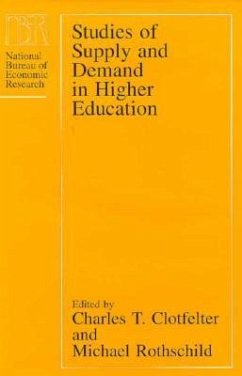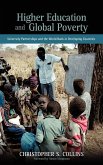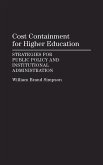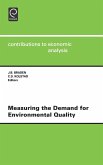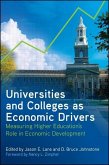In the United States today, there are some 3,400 separately governed colleges and universities, amounting to a higher education industry with expenditures that constitute 2.8% of the gross national product. Yet relatively little attention has been paid to the economic issues affecting this industry. In this collection of eight essays, experts in economics and education apply economic analysis to such underexamined topics as the nature of competition in higher education, higher education's use of resources, and who chooses to purchase what kind of education and why. The first study in the volume looks at the higher education market as a whole, including the ways in which colleges with small endowments are able to compete successfully with institutions that have much larger endowments for faculty, students, and financial support. The chapter also examines why tuitions are nearly the same among schools despite differences in prestige. Three other studies analyze recent trends in college enrollment, focusing on the racial composition of enrollments and the quality of students entering highly ranked institutions. The authors seek to understand the variation in enrollment between blacks and whites, for example, and they find that more and more of the top students, regardless of race, are going to elite private institutions. Another essay considers the choices among colleges that young people from low-income backgrounds face, and argues that economists must look at subjective variables, such as expectations about schooling, when studying enrollment patterns. Rounding out the volume, three chapters discuss student interest in pursuing an academic career, the effect of changes in federallyfinanced fellowships on universities, and the criteria universities use for deciding how to invest their endowments. By addressing these issues, this volume fills a large gap in studies of the economics of higher education and suggests subjects for further study in this field.
Hinweis: Dieser Artikel kann nur an eine deutsche Lieferadresse ausgeliefert werden.
Hinweis: Dieser Artikel kann nur an eine deutsche Lieferadresse ausgeliefert werden.

